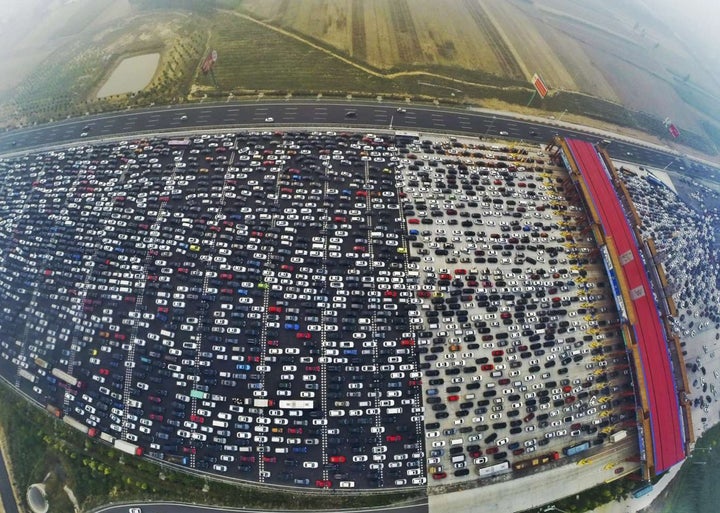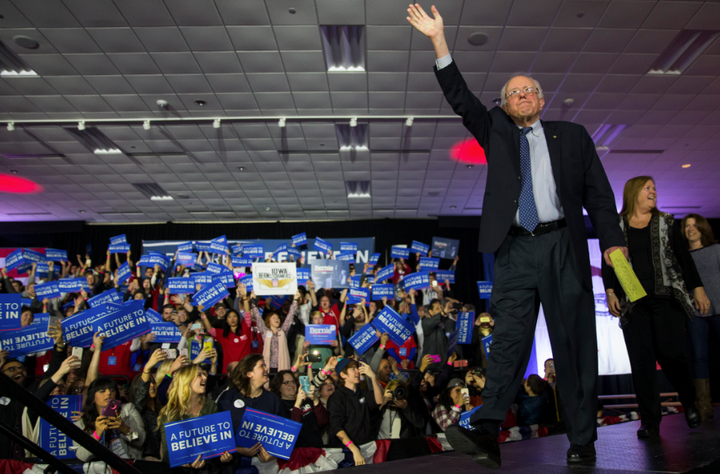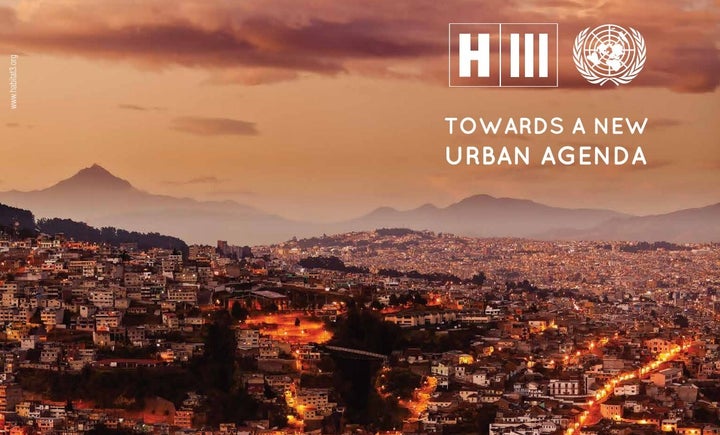Cities are getting bigger, younger and more complicated than ever before. Some of the greatest development challenges of the 21st century are being created in cities. To solve these problems, we need to empower youth to work together with local authorities in planning, building and maintaining cities that are sustainable, inclusive and resilient.

John F. Kennedy once said “we will neglect our cities to our peril, for in neglecting them we neglect the nation.” With 200,000 people moving from the countryside to cities every day, it is hard to see an end to the massive wave of urbanization that is sweeping across the globe.
Today, nearly 1 billion people around the world live in slums, many of which have been emerging overnight in rapidly urbanizing megacities. If one was to picture an urban disaster, Dhaka would probably provide a partial image of how that would look – a city so densely stuffed with vehicles that “the worst traffic jam in Mumbai or Cairo or Los Angeles is equivalent to a good day for Dhaka’s drivers” (New York Times).
For the first time in human history over half the world’s population lives in cities. This figure is expected to rise with the United Nations projecting that by 2050 more than 70 percent of the people on the planet will live in cities and towns. In 1950, New York and Tokyo were the only two cities in the world that hosted more than 10 million inhabitants. Today there are 29 of these megacities spread across the globe, with 80 percent of them located in Asia, Africa and Latin America.
Urban areas, in particular megacities, are increasingly rampant with poverty, a shortage of decent housing and extreme inequality, coupled with unsustainable rates of energy and food consumption. According to a recent report by the UN Sustainable Development Solutions Network, “over the next decades, urbanization will be a defining trend in [many] parts of the world, especially in East Asia, South Asia, and sub-Saharan Africa, where the bulk of extreme poverty is concentrated.”

The majority of cities across the globe are not just getting bigger. They are also getting younger. Millennials, representing half the world’s population, are 40 percent more likely to move to cities. Young peoples’ experiences, choices and preferences already shape the image of cities, especially in the developing world.
For the most part, millennials have little say and limited influence as to how their cities are planned and organized. Much of it may be a result of how millennials are perceived in both media and popular culture. In a recent New York Times article reading “The World Has a Problem: Too Many Young People,” Somini Segupta argues that “much has been made of the challenges of aging societies. But it’s the youth bulge that stands to put greater pressure on the global economy, sow political unrest, spur mass migration and have profound consequences for everything from marriage to Internet access to the growth of cities.”
We must reverse this narrative and resist buying into the popular illusion that portrays millennials as demanding, ungrateful and disloyal members of society. Instead of viewing young people as part of the problem, we should start to see them as part of the solution. By changing the narrative, we can empower young people to work with local authorities to plan, design and manage cities to make them free of inequality, pollution, homelessness and crime.
To confront today’s urban livability crisis – subtle tweaks and adjustments, such as a few iconic green buildings here and there, won’t make the cut. For metropolises like Dhaka, solutions that radically reimagine the way the city is planned, designed and managed are not an option but a necessity. Cities can no longer afford to address the symptoms, they must focus on finding solutions that root out the causes. Instead of allocating more space for cars to accommodate the traffic, cities like San Francisco are removing parking slots in the downtown to discourage use of cars altogether while creating greater incentives for public transportation and ride-sharing platforms such as Uber and Getaround; a radical solution that will allow the city to clean up the air, re-purpose public space for bike lanes and parks, and encourage healthier lifestyles.
The need for genuine change is clear. Being a source of idealism and optimism, young people have embraced change for generations. That’s why the ideas of Bernie Sanders in the US and Jeremy Corbyn in the UK, which many have thought were so alien to Western political tradition, caught on with an unprecedented number of millennials. Being a source of unconventional thinking and new ideas, young people are best positioned for the task of coming up with solutions that have never been thought of before.

We have a new generation of young people that is tech savvy, generous, entrepreneurial and committed to social justice and community service. Through imagination, creativity, ambition, and energy, this new generation is shattering the old paradigms in three ways.
First, millennials today are leading entrepreneurship charts across the globe, opening more businesses and creating thousands of jobs. A BNP Paribas report recently found that “millennial entrepreneurs have launched twice as many businesses as boomers.”
Secondly, young peoples’ remarkable commitment to fairness and social justice, exemplified by volunteering and donating to charitable causes, makes them a valuable partner in tackling challenges faced by their communities, from inequalities that plague urban dwellings around the world to climate change that disproportionately impacts the urban poor. According to the Millennial Impact Report, 84 percent of young people “made a charitable donation in 2014, and 70 percent spent at least an hour volunteering.”
Finally, the skills and mindset of the new generation is giving rise to human-centred technologies and transformative solutions that are making cities smarter, more integrated and global. A recent survey by AIESEC concluded that youth are mostly seeking jobs that are “challenging, global and meaningful.” With millennials projected to make up 75 percent of the global workforce by 2030, these views could drive young people to pursue careers in companies that design products aimed at solving social and environmental challenges.

This week, Ecuador is hosting the 3rd United Nations Conference on Housing and Sustainable Urban Development, known as Habitat III, bringing together UN officials, mayors, urban experts, civil society and youth, to adopt the New Urban Agenda (NUA) – a global strategy for making cities “just, safe, healthy, accessible, affordable, resilient, and sustainable” over the next 20 years. NUA is more than just a once-in-20-years opportunity to provide half of humanity with a decent place to live. Urban areas already generate over 70 percent of the World’s GDP, consume 60 percent of world’s energy and cause three quarters of carbon emissions, making achievement of the Sustainable Development Goals (SDGs) inconceivable without a transformative plan for cities.
The conference symbolically began with the Children’s and Youth Assembly to pay tribute to the role young people play in realizing the vision of the New Urban Agenda. The official draft document mentions the word “inclusive” 36 times but regardless of how many times the text emphasizes the important intention to build inclusive cities, what matters is whether it will make a real difference for inhabitants of cities.
To create communities that offer hope instead of desperation, cities must promote a sense of belonging and cross-generational collaboration every step of the way, and most importantly, treat young people as equal and capable partners. If local authorities harness the qualities of youth and work closely with them to plan, design and manage cities, we could see more liveable communities and thereby, a more liveable world.

This article was co-authored by Siamak Sam Loni (@siamak_sam) and Anastasiya Kostomarova (@AnastasiaEugene).
Anastasiya is a Research & Policy Officer at the UN Sustainable Development Solutions Network – Youth and the Co-Manager of the Local Pathways Fellowship, which empowers young people to champion local pathways for sustainable development.
